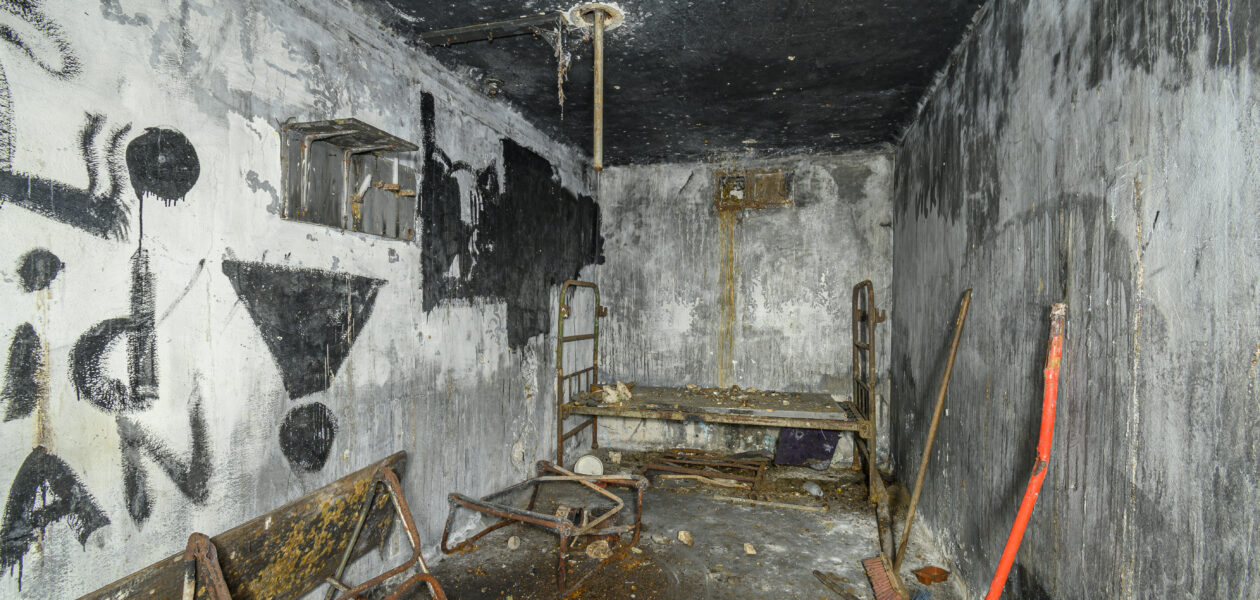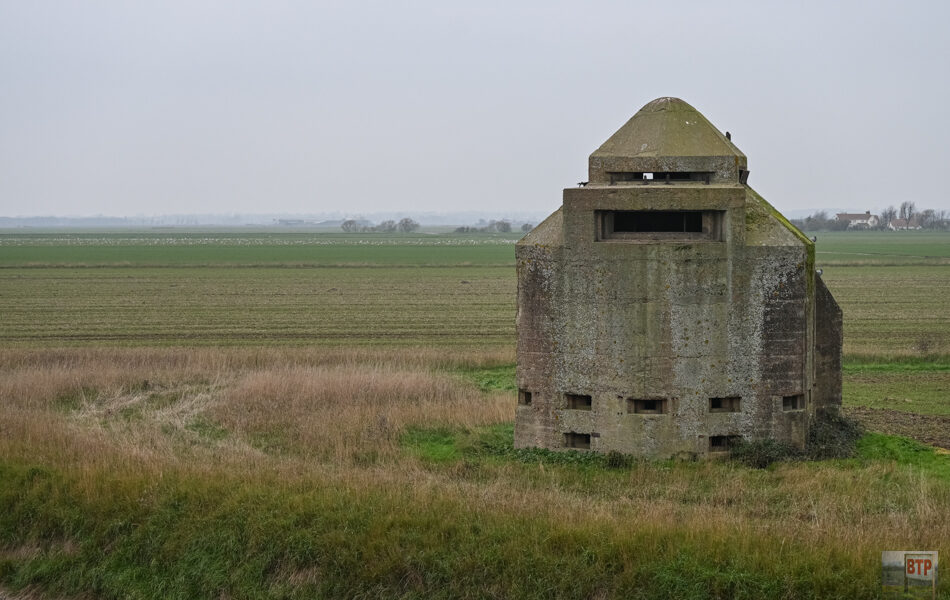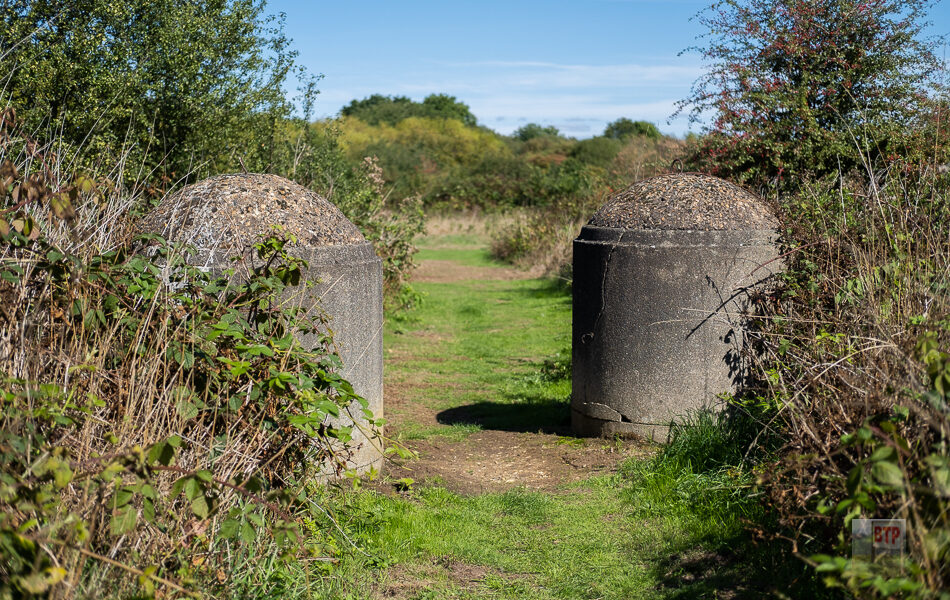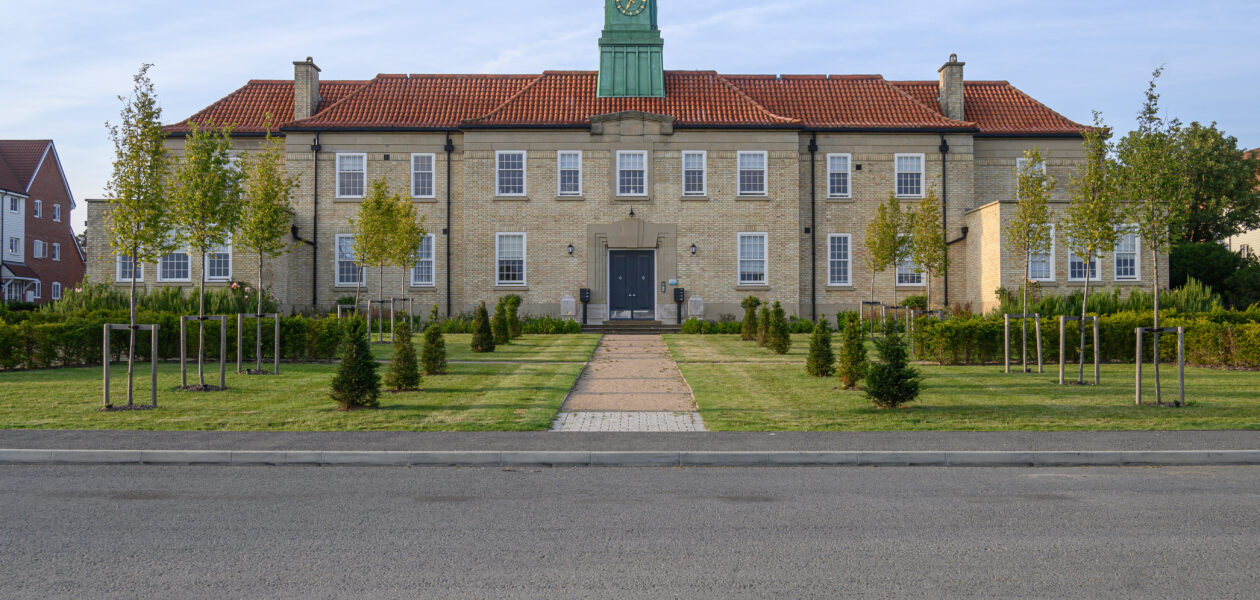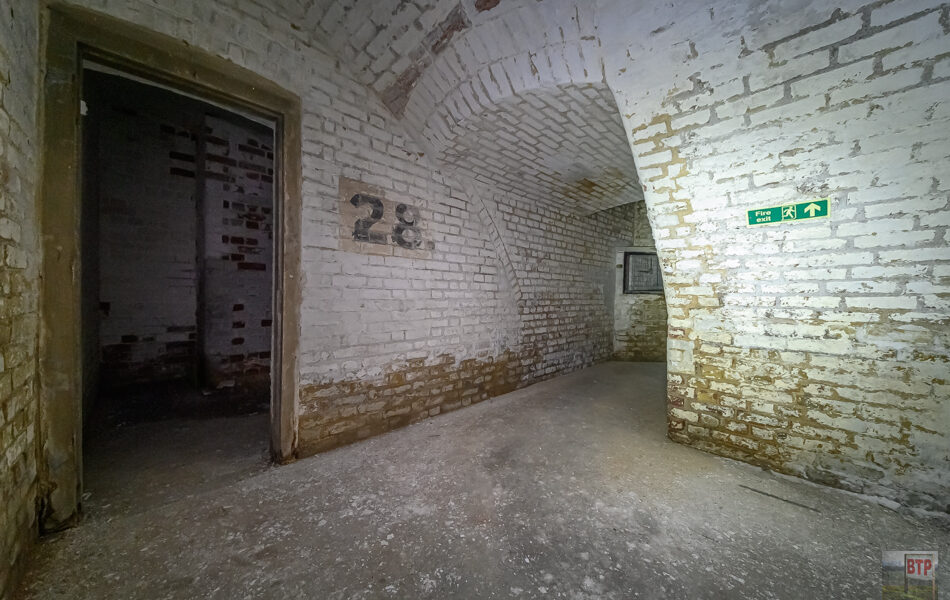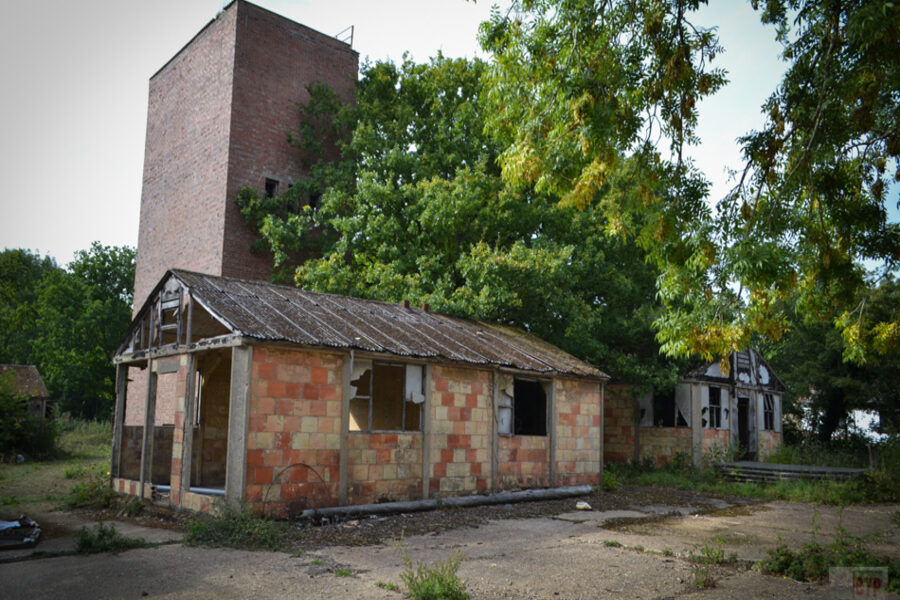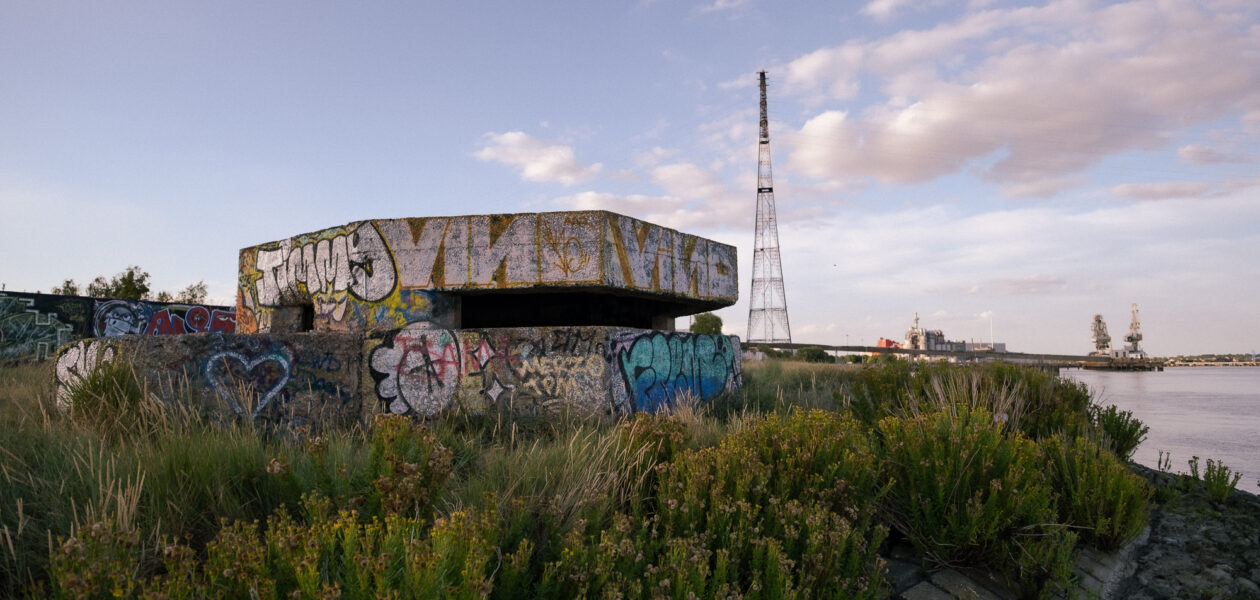Slough Fort
Established in 2012, the Slough Fort Preservation Trust (SFPT) was formed from a group of volunteers who all had an interest in history, and the fort. Forming a trust, the group work tirelessly to care for the fort by maintaining it and restoring it to become a public museum. In 2016, Beyond the Point attended…
View More

